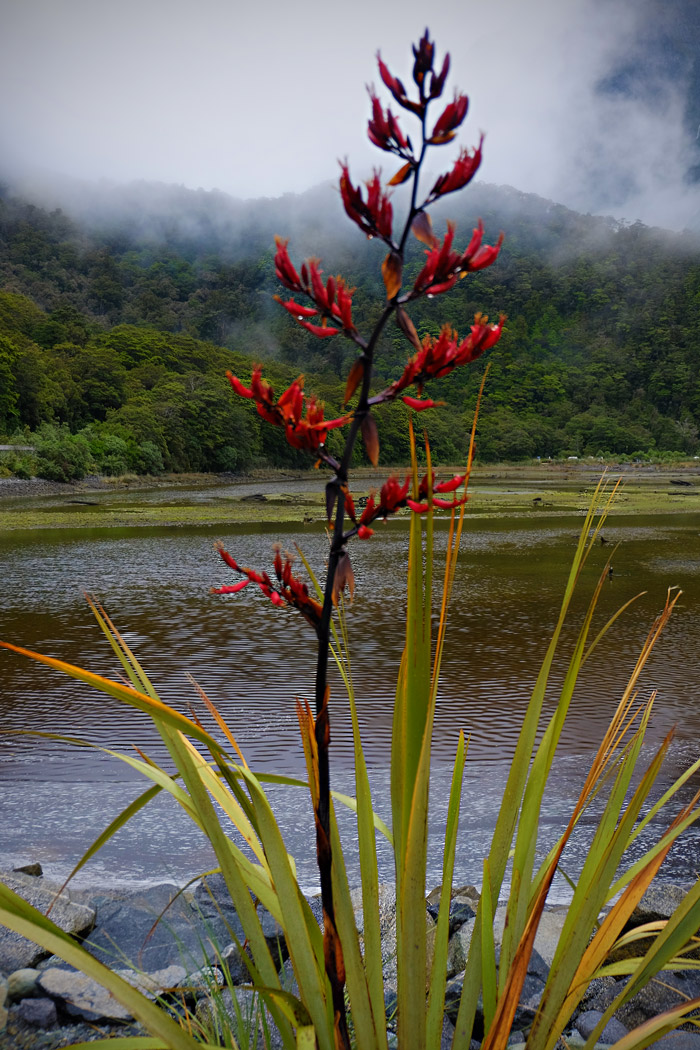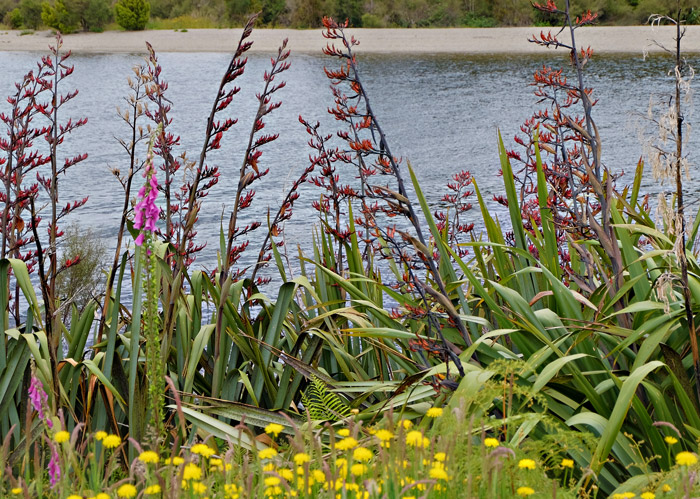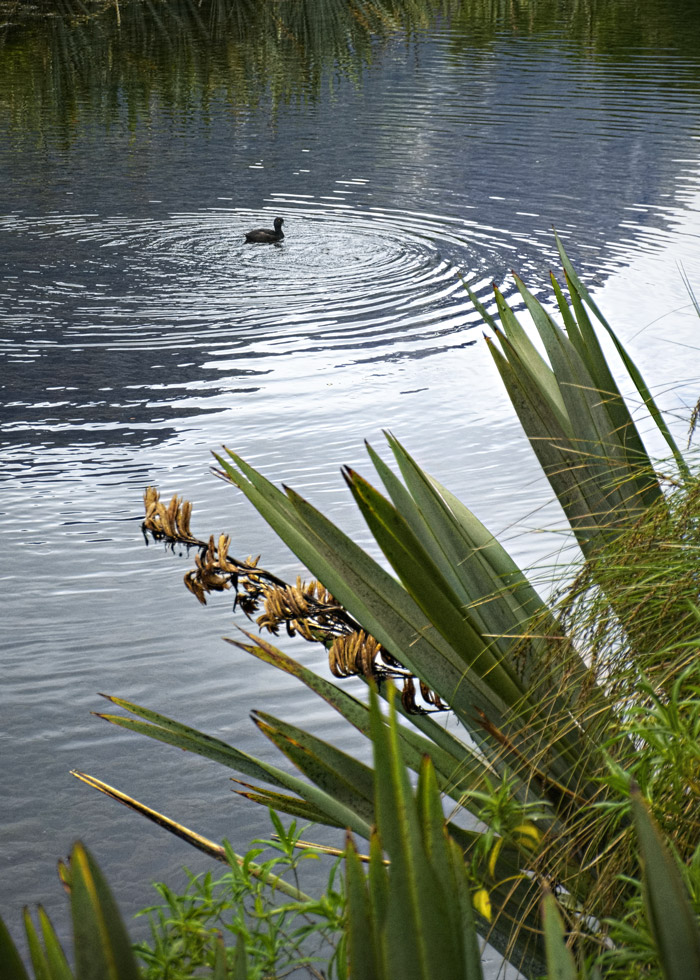Hole in the Clouds
Nov 22, 2012
 This holiday art appeared in the Saint Paul Globe, St. Paul, Minnesota, on November 22, 1903. There's nothing peculiar about a people who set aside a day for giving thanks, but maybe we are a little odd to have this day set aside for both football and gratitude.
This holiday art appeared in the Saint Paul Globe, St. Paul, Minnesota, on November 22, 1903. There's nothing peculiar about a people who set aside a day for giving thanks, but maybe we are a little odd to have this day set aside for both football and gratitude.
Well, all right then. Thanks to all.
Thanksgiving
holiday
1903
poster
(Image credit: Saint Paul Globe)
Jan 31, 2013
 This 1880s-era bridge connecting the Allegheny County courthouse with the jail in downtown Pittsburgh is a fair replica of the seventeenth-century Bridge of Sighs in Venice, which connected the prison with the interrogation chambers in the doge's palace.
This 1880s-era bridge connecting the Allegheny County courthouse with the jail in downtown Pittsburgh is a fair replica of the seventeenth-century Bridge of Sighs in Venice, which connected the prison with the interrogation chambers in the doge's palace.
In Pittsburgh as in Venice, prisoners being escorted across the bridge were said to catch a final glimpse of life on the outside before disappearing into the labyrinths of judicial inquistion and disposition. In both cities, too, the bridges and buildings survive to this day; the courthouse building at right in this picture is still an active courthouse, though the jail building at left now houses the county Family Services agency.
Modern-day photos, however, reveal an oddity: the bridge now appears to loom much higher above the street than it did back in 1903, when the picture above was taken. An urban-improvement project known as the Hump Cut, completed in 1913, flattened out major downtown streets in Pittsburgh, lowering Fifth Avenue here by several feet.

Pennsylvania
streetscape
Pittsburgh
Venice
bridge
1903
courthouse
jail
(Image credit: Detroit Publishing via Shorpy)
Feb 24, 2014
 Point your camera at pretty scenes in New Zealand, and it won't take long before you notice how many of your snapshots include a fringe or scrim of tall red-brown lilies.
Point your camera at pretty scenes in New Zealand, and it won't take long before you notice how many of your snapshots include a fringe or scrim of tall red-brown lilies.
They call the lilies flax, which makes no sense. In the northern hemisphere, flax is the name of a field crop, a bushy, weedy looking plant grown for linen fiber and linseed oil. In New Zealand, flax is the name for a group of native lilies that grow wild all over the countryside, around mountain lakes and seaside marshes, in suburban yards and rural hedgerows and the far-flung edges of uninhabited woodlands.
New Zealand flax got its name as a marketing gimmick. The Maori called these lilies harakeke, and they used their fibrous leaves for weaving baskets, fishing nets, ropes, cords, mats, and all sorts of clothing, from rough raincloaks to fine gowns decorated with feathers. By the mid-nineteenth century, the strength and durability of the fiber was known around the world, particularly for ropes, fishnets, and cordage; the Maori began cultivating the lilies in huge plantations, sometimes using slave labor to tend the lilies and strip the leaves for fiber to sell to Europeans. The Europeans, smelling money, promoted New Zealand "flax" as a high-quality version of that Old World lineny stuff.
Meanwhile, Maori continued to weave their flax into goods for their own use, including baskets, as depicted below in a 1903 painting by the Czech artist Gottfried Bohumir Lindauer; the flax baskets in the painting are being woven by women who are wearing garments also woven from New Zealand flax fiber. Lindauer, trained as an artist in Vienna, fled to New Zealand to avoid military service in the Austrian army and discovered he could make a living painting scenes of Maori life.
Below the painting here are additional views of New Zealand flax in bloom.




New Zealand
flowers
plants
1903
Gottfried Bohumir Lindauer
flax
lilies
Maori
(Photos by Little Fuji)
(Painting by Gottfried Lindauer)
 This holiday art appeared in the Saint Paul Globe, St. Paul, Minnesota, on November 22, 1903. There's nothing peculiar about a people who set aside a day for giving thanks, but maybe we are a little odd to have this day set aside for both football and gratitude.
This holiday art appeared in the Saint Paul Globe, St. Paul, Minnesota, on November 22, 1903. There's nothing peculiar about a people who set aside a day for giving thanks, but maybe we are a little odd to have this day set aside for both football and gratitude.





